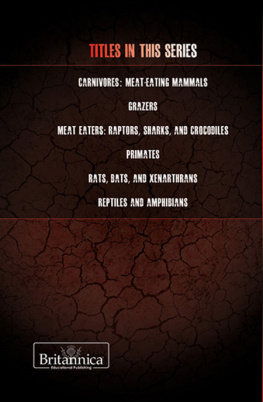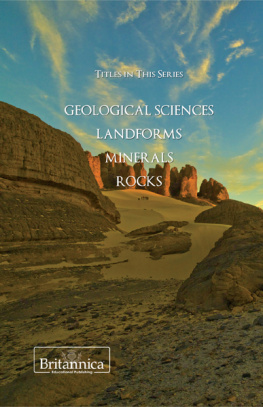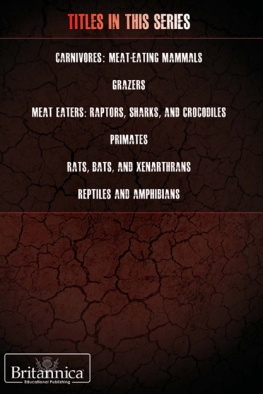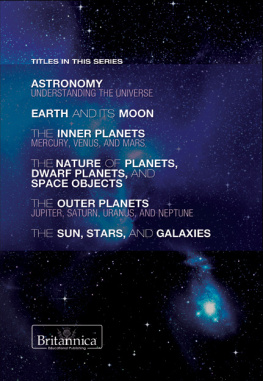GRAZERS
THE BRITANNICA GUIDE TO PREDATORS AND PREY
GRAZERS
EDITED BY JOHN P. RAFFERTY, ASSOCIATE EDITOR, EARTH AND LIFE SCIENCES

Published in 2011 by Britannica Educational Publishing
(a trademark of Encyclopdia Britannica, Inc.)
in association with Rosen Educational Services, LLC
29 East 21st Street, New York, NY 10010.
Copyright 2011 Encyclopdia Britannica, Inc. Britannica, Encyclopdia Britannica, and the Thistle logo are registered trademarks of Encyclopdia Britannica, Inc. All rights reserved.
Rosen Educational Services materials copyright 2011 Rosen Educational Services, LLC.
All rights reserved.
Distributed exclusively by Rosen Educational Services.
For a listing of additional Britannica Educational Publishing titles, call toll free (800) 237-9932.
First Edition
Britannica Educational Publishing
Michael I. Levy: Executive Editor
J.E. Luebering: Senior Manager
Marilyn L. Barton: Senior Coordinator, Production Control
Steven Bosco: Director, Editorial Technologies
Lisa S. Braucher: Senior Producer and Data Editor
Yvette Charboneau: Senior Copy Editor
Kathy Nakamura: Manager, Media Acquisition
John P. Rafferty: Associate Editor, Earth and Sciences
Rosen Educational Services
Heather M. Moore Niver: Editor
Nelson S: Art Director
Cindy Reiman: Photography Manager
Matthew Cauli: Designer, Cover Design
Introduction by Greg Roza
Library of Congress Cataloging-in-Publication Data
Rafferty, John P.
Grazers / edited by John P. Rafferty.1st ed.
p. cm.(The Britannica guide to predators and prey)
In association with Britannica Educational Publishing, Rosen Educational Services.
ISBN 978-1-61530-465-3 (eBook)
1. HerbivoresEcology. 2. UngulatesEcology. 3. MammalsEcology. 4. Animal-plant relationships. I. Rafferty, John P. II. Title.
QH549.5.R34 2011
599.6dc22
2010032169
On the : Two male gemsbok (Oryx gazella gazella) battle it out on the Etosha plains. Shutterstock.com
On page : Photos.com/Jupiterimages Corporation
On page : Reticulated giraffe (Giraffa camelopardalis reticulata), Kenya. Corbis On page xx: Burchells zebra (Equus burchellii). Digital Vision/Getty Image
On pages : Herd of guanacos in eastern Patagonia, Valds Peninsula, Argentina. Victor Englebert; Banner. www.istockphoto.com/Exkalibur
CONTENTS

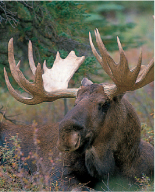
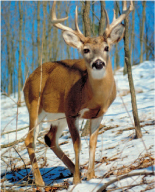

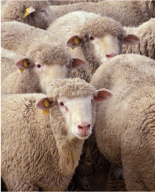
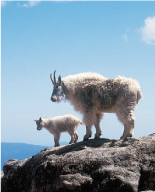

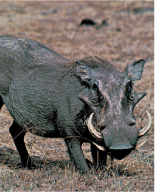
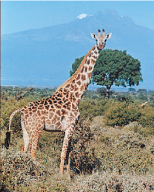

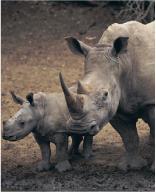
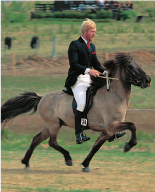

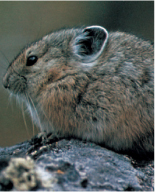
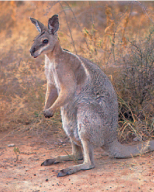

INTRODUCTION

A ll over the worldon grasslands, in forests, and even on farmsgrazers are ardent consumers of Earths plants. Grazers are animals that roam from one victim to another. They feed from plants, but in most cases, they do not kill them. There are hundreds of grazer species categorized into a number of groups. Most have specialized front teeth designed for cutting, slicing, or tearing morsels from plants and thick back teeth for grinding them up.
Many grazing species spend at least part of their lives in medium to large groups called herds. Herds serve several purposes in the animal world. Perhaps the most notable advantage is protection from predators. Although a herd of animals is a highly visible target for predators, grouping reduces the risk of attack on each individual herd member. Another advantage is that older animals can lead younger animals to feeding grounds, breeding grounds, and water sources.
However, not all grazers form large herds. Some prefer to live in small groups led by dominant males or females. Gazelles, for example, typically form two types of small groups: females and their young, and males. These groups mix during migration and breeding, during which times dominant males govern the herd.
Still other grazers prefer to lead solitary lives, coming together only to breed and raise young. For example, individuals in four of the five species of rhinoceros prefer to live alone. Baby rhinos live with their mother in a small herd. Male rhinos, however, leave their mother to find their own territories, when they reach two and one-half years old or older, mixing with other rhinos only during mating season. White rhinoceroses, however, often live in herds of up to 10 members.
Grazers include the mammalian orders Artiodactyla (even-toed ungulates), Perissodactyla (odd-toed ungulates), Proboscidea (elephants), and Lagomorpha (rabbits, hares, and pikas), and also a number of species in the mammalian infraclass Metatheria, also known as Marsupialia (marsupials).
The largest group of grazers is made up of the artiodactyls, or even-toed ungulates, which contains about 150 species. An ungulate is an animal that walks on its toes, which are usually covered in a hard layer of skin or are combined into hooves. Even-toed ungulates have two or four toes on each foot. The group includes deer, pigs, camels, sheep, antelopes, goats, cattle, giraffes, and hippopotamuses. Most artiodactyls are medium- to large-sized animals. Ruminants are the largest group of artiodactyls. Other groups include pigs and peccaries, camels, and hippos.
Even-toed ungulates support their weight with two main toes. Those with two large toes are called clovenhoofed animals. Others have four toes, and they support their weight with the larger middle two toes. The weight-bearing toes are referred to as the third and fourth toes. This is becauseover many years of evolutionthe first, second, and fifth toes became either reduced in size or disappeared altogether.
Most even-toed ungulates are rather well known to humans, having played an important economic and cultural role in the development and maintenance of civilizations. Artiodactyls have long been used for their milk, meat, wool, and hides. Goats and sheep were first domesticated in the Near East around 7000 BCE, whereas cattle and pigs were most likely domesticated before 3000 BCE. Artiodactyls are the most extensively hunted group of mammals on Earth, and hunting pressure has sometimes led to the extinction or near extinction of entire species. Only Australia and the polar regions are devoid of native artiodactyls.
Next page







